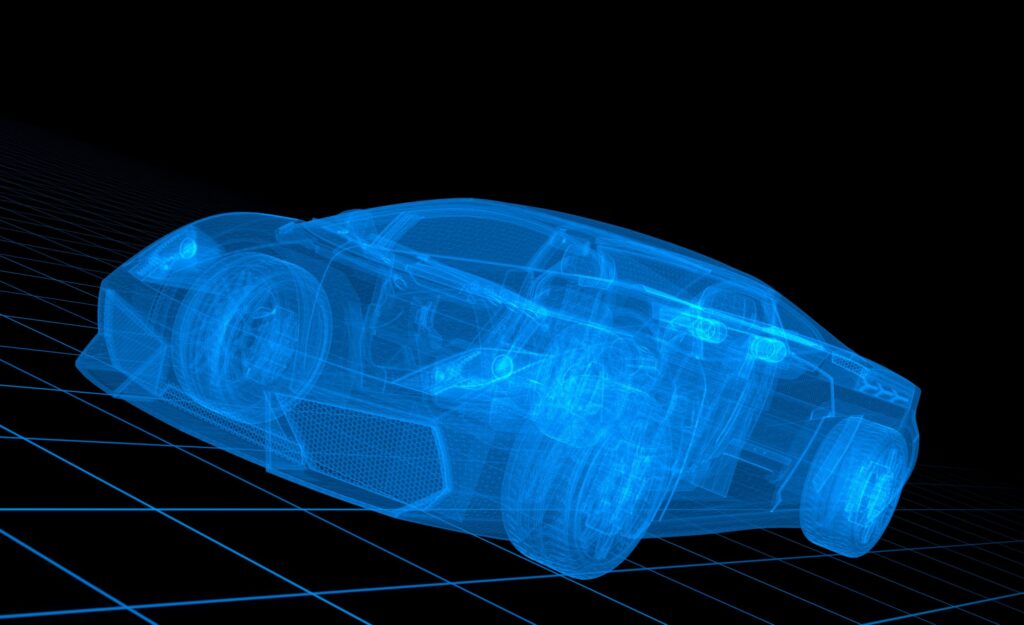

Held on 10 March 2021, our “Connected and Autonomous Vehicles: What Must Be Done to Drive the Future of Mobility?” webinar hosted a valuable discussion between expert speakers. With participants from industry and national regulatory authorities, from both the transportation and telecommunication sectors, the discussion covered the benefits of connected and autonomous vehicles (CAVs), the technologies driving innovations and the regulatory challenges facing the industry. The speakers were Monika Darwish (Policy Counsel, Embark Trucks), Kevin Vincent (Associate General Counsel, Regulatory and Compliance, Lucid Motors), Dirk Hetzer (Technical Manager, 5G CroCo Project, Deutsche Telekom) and Marcin Cichy (Senior Advisor, Access Partnership), and Colin Thomson (Head of Infrastructure, Access Partnership) moderated the event. Each panelist brought a unique perspective, raising topics which included the infrastructure, safety and standardization of CAVs.
Infrastructure Requirements
Monika Darwish highlighted the fact that autonomous vehicles are being designed to need no more infrastructure than the usual human driver. Well-paved roads with clear, well-placed signage and visible lane striping are important for any driver, whether a human or an algorithm. Monika also noted some of the benefits of automated trucking, including improvements in fuel efficiency, 24-hour driving, congestion reduction and a potential reduction in agricultural spoilage due to faster transportation of products to the consumer centers. Many of these benefits can be enhanced by vehicular communications.
Connectivity Can Fill Safety Gaps
According to Kevin Vincent, “connectivity, if done correctly, has […] great possibilities for filling the gaps in the safety of AVs”. For example, connectivity can allow non-line-of-sight safety, when an obstruction prevents a driver from spotting another vehicle. Without communications, an autonomous vehicle cannot act based on what vehicles outside the range of its cameras and sensors are doing. Because of that, the FCC’s decision to repurpose spectrum previously dedicated to vehicular communications is unfortunate and does not contribute to the overall safety of CAVs. Dirk Hetzer proposed a solution, though: latency, stability and reliability requirements can be met by mobile operators using 5G network slicing, edge computing and other technologies. This is why, in Europe, it is important to align the requirements of different Member States for cross-border traffic and to ensure seamless connectivity between countries.
Standardization is Key
CAV standardization was a further topic of discussion. Kevin Vincent highlighted the need for government action to ensure minimum performance and manufacturing quality standards for autonomous vehicles. In the US, standardization is mostly being driven by industry, including specifications on how AVs should interact with human drivers. According to Marcin Cichy, standardization is also a challenge in the EU, since, despite huge regulatory developments, it is still difficult to predict how the introduction of AVs will influence the human drivers and passengers already on the road. The huge amounts of data collected by CAV sensors and networks can be analyzed to understand the causes of accidents and identify regulatory and standardization changes to prevent such accidents in the future.
Conclusions
CAVs are at the center of many important conversations regarding infrastructure, connectivity, standardization and other topics. With the potential to revolutionize the transportation and mobility industries, they are one of the keys to a greener and safer world. Thank you to all our distinguished speakers and to all those who attended our webinar. For more details on this important topic, you can watch the recording of the webinar here.
Key Takeaways
- Connected and autonomous vehicles promise to reduce emissions, improve road safety and eliminate traffic congestion.
- To realize the full potential of connected and autonomous vehicles, government and industry stakeholders must leverage a range of technologies including sensing, navigation, software-defined vehicle automation systems and communications networks and AI- based decision making.
- Full vehicle autonomy is not required for significant reductions in emissions, road traffic accidents and congestion to be realized. Incremental advances in vehicle autonomy and connectivity deliver incremental benefits.
- Road safety legislation dictates whether innovative technologies for connected and autonomous vehicles can take to the road. Further standardization from governments and their safety agencies defining minimum safety requirements for autonomous vehicle decision-making processes and quality of service for autonomous vehicle manufacturers and associated equipment supply chain vendors is necessary. Analysis of data farmed from sensor and telemetry systems on existing vehicles can help inform those requirements.
- Standardized minimum quality of service requirements for vehicle-to-vehicle, vehicle-to-infrastructure and vehicle-to-network communications links are required, including maximum limits for link latency and minimum reliability/availability requirements. Harmonized radio spectrum bands and quality-of-service standards are also essential to secure safety-critical links.
- Regional and international collaboration through multilateral safety, technology and spectrum standardization bodies is necessary to ensure seamless cross-border communication and autonomous vehicle operations.